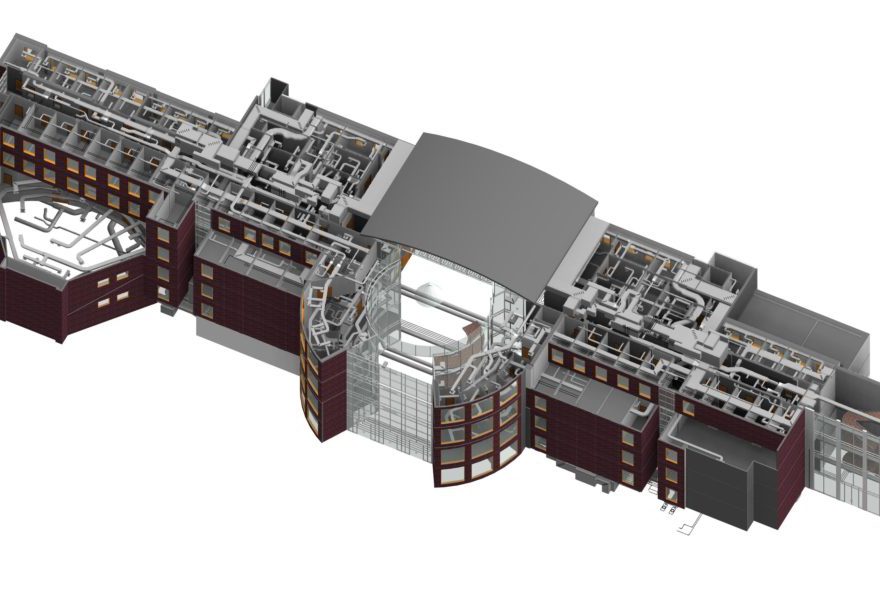Building Information Modelling (BIM): Advantages, Risks, and Challenges for the AEC industry

Building Information Modelling (BIM) is a promising development in the AEC (architecture, engineering, and construction) industry. BIM creates a digital model of the building which is accurate and reflects all the properties of the building. This virtual model is used for the planning, design, construction, and operation of the building. It helps the stakeholders visualize the scenario by simulating the actual environment to identify any potential design, construction, or operational issues. BIM encourages the integration of the roles of all the stakeholders. This is a paradigm shift from the traditional way of constructing buildings.
Advantages of BIM services
The various advantages offered by BIM are:
Table of Contents
- Generating 3D renderings with little additional effort
- Extracting construction drawings and shop/fabrication drawings directly from the model thereby eliminating the need for rework
- Cost estimating and estimation of material quantities using BIM software features
- Construction sequencings such as material ordering, fabrication, and delivery schedules for the building components
- Clash detection and resolution in the design
- Better and sustainable design using simulation
There are other indirect benefits of BIM modelling such as faster processes, controlled life cycle costs, environmental performance, better customer service because of visualization, and so on and so forth.
Risks in BIM
The risks associated with BIM can be classified into two broad categories: legal or contractual and technical. The ownership rights of the model need to be set out explicitly in the contract during the initial project phase in order to protect the BIM model from copyright laws and other legal channels. The answer to the question of data ownership requires a unique response for every project depending on the need of the stakeholders. Control of data entry and responsibility for inaccuracies also needs to be fixed before BIM technology is used. The proper technological interface among various programs needs to be addressed as the dimensions of cost and schedule is layered into the BIM model.
A collaborative and integrated approach to project delivery contracts in which the risks associated with BIM are explicitly mentioned and shared with the stakeholders is one of the most effective ways to deal with these risks.
Challenges for the AEC Industry in BIM Implementation
The adoption of BIM processes in the AEC industry has been very slow. The main factors to which this can be attributed are technical and managerial reasons. Strategies need to be developed for the meaningful exchange and integration of information among the BIM model components. The data interoperability issues need to be addressed by developing a well-defined construction process. In the current scenario, there is no consensus on how BIM should be implemented. The implementation process needs to be standardized and defined. Another issue that comes up with BIM is who should develop and operate the BIM model and how should these costs be distributed amongst the various stakeholders. Suitable solutions need to be worked out in order to overcome these challenges.
BIM encourages the integration of the roles of all stakeholders on a project and represents a new paradigm within the AEC industry. There are many risks associated with this shift. However, the integration of roles has the potential to bring about greater efficiency and harmony thereby increasing its acceptability in the AEC industry.